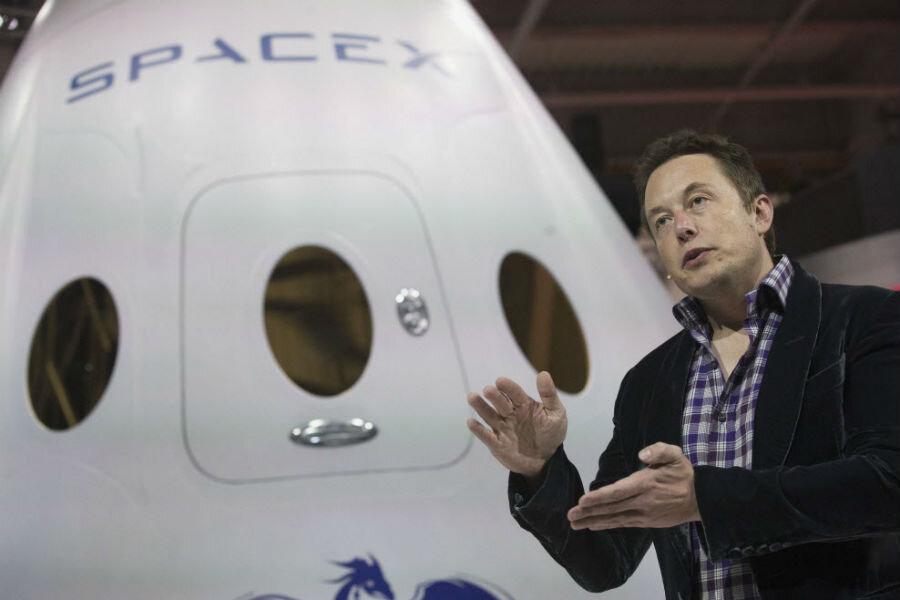How SpaceX will crowdsource the investigation of its rocket explosion
Loading...
On Friday, Elon Musk did something unusual: The billionaire CEO of SpaceX and Tesla asked the public and NASA to help him figure out a technical problem, specifically, what caused the recent SpaceX explosion.
SpaceX, which aims to “revolutionize space technology, with the ultimate goal of enabling people to live on other planets,” was doing routine pre-mission testing on its AMOS-6 mission on September 1 to make sure that all the rocket’s systems were working properly. Then the unexpected happened. While the rocket was being loaded with propellant, the rocket went up in flames in what Mr. Musk later termed a “fast fire.”
No-one was harmed, but the explosion damaged the launch pad and sent over $250 million in technology up in flames. It’s a costly loss – and Musk is looking for answers. What’s unusual is that he isn’t just asking the SpaceX team to figure it out. Instead, he’s trying to crowdsource the answers, calling on the public and government agencies – including the National Aeronautics and Space Administration, the Federal Aviation Administration, and the US Air Force – to help solve the mystery.
On Friday, Musk tweeted out this message:
Members of the public have already pitched in to share their views in an ongoing twitter conversation with the SpaceX CEO.
Is crowdsourcing becoming a trend in scientific investigations? Scientists have certainly embraced Twitter as a way to engage the public in research that some may have known nothing about before social media. The ESA Rosetta mission has its own Twitter account, with over 400,000 followers. NASA uses Twitter to advertise competitions for engineers and opportunities to see the launch of satellites like NOAA’s GOES-R.
And scientists do ask for the public’s help, particularly with wildlife and environmental issues. In North Carolina, researchers looking at parasites in bees asked people to send potential “zombie bees” and their larvae to a lab in California for testing. Officials asked visitors to Kamechak Bay, Alaska, to call in any beached otter sightings to a marine mammal hotline. Whale FM, a program launched by Scientific American, asked ordinary people to help decipher whale conversations.
Musk’s request seems to mark the first time that people or government have been asked to help figure out a space accident, however. That could be because private space flight is so new. Historically dominated by state-sponsored programs, it is only since SpaceX’s Falcon 1 rocket reached orbit in 2008 that private space travel has begun to look like a realistic possibility. As such, there has been less opportunity for cooperation – or conflict – between the public and private sectors than in other fields.
NASA and SpaceX have been partners before. In 2010, NASA asked Musk’s company to build unmanned cargo ships for the International Space Station. Since then, they have agreed to work together on a Mars landing mission, projected for 2018. Musk may hope that this relationship will encourage NASA – along with other federal agencies – to bring their more than 60 years of experience to the AMOS-6 investigation.





